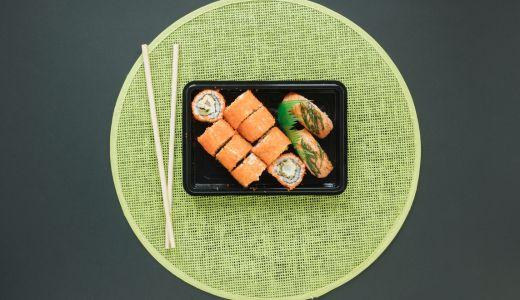A silicone mat is a versatile kitchen essential, perfect for baking, candy making, rolling dough, and even crafting. Known for its durability, non-stick surface, and heat resistance, a silicone mat can last for years when cared for properly. However, improper storage can lead to warping, tearing, or loss of effectiveness. In this guide, we’ll explore the best practices for storing your silicone mat to ensure it stays in top condition.
Why Proper Storage Matters
Storing your silicone mat correctly isn't just about saving space—it’s about maintaining the integrity of the material. Silicone is flexible, but it can be permanently creased or torn if bent too tightly or placed under heavy items. Poor storage habits may also expose the mat to high heat or sharp objects, which can degrade its quality over time.
Additionally, a poorly stored mat may attract dust or odors from surrounding items, especially in a kitchen drawer or cabinet. This can transfer unpleasant smells or debris onto your food preparation surface. Therefore, proper storage isn’t just about organization—it’s essential for hygiene and functionality.
Clean Before You Store
Before thinking about how to store your silicone mat, make sure it’s clean and completely dry. Any residual oil, flour, or food particles left on the mat can cause stains or become sticky over time.
- Hand Wash or Dishwasher: Most silicone mats are dishwasher-safe, but a gentle hand wash with warm soapy water will also do the trick.
- Avoid Harsh Cleaners: Skip abrasive sponges or strong detergents that could damage the non-stick surface.
- Dry Completely: Air-dry or towel-dry your mat thoroughly before storage. Moisture trapped during storage can lead to mildew or strange odors.
Rolling vs. Folding
One of the biggest questions when it comes to storing a silicone mat is whether it should be rolled or folded. The answer is almost always rolled.
Why Rolling Is Better:
- Prevents Creases: Folding creates sharp bends that can cause permanent lines or even split the mat.
- Saves Space: A rolled mat can fit easily in tall containers, tubes, or even inside a rolling pin.
- Easy Access: Rolled mats can be grabbed quickly without needing to unfold or flatten them again.
To roll your mat properly, start at one end and roll it loosely—not too tight, which can stress the silicone. Then, secure it with a soft band or place it inside a storage tube.
Avoid Folding At All Costs:
While some packaging may come folded, it’s best to lay the mat flat immediately upon opening. If your mat has been folded and shows a crease, you may be able to reduce it by laying it flat in a warm oven (under 200°F) for a few minutes, then letting it cool flat.
Ideal Storage Locations
Where you store your silicone mat is just as important as how you store it. Look for areas that are cool, dry, and away from direct sunlight or heat sources.
Recommended Options:
- Upright Container in Pantry or Cabinet: Use a tall container or even an empty oatmeal canister to store the mat vertically.
- Inside a Drawer: Lay it flat if you have a wide drawer with minimal clutter to avoid accidental damage.
- Hanging Storage: Some silicone mats come with a hole at one corner for hanging. Use a hook or peg inside a cupboard to hang the mat gently.
- Inside Bakeware: If you have large baking sheets, place the silicone mat flat between them—but make sure it’s not under heavy pans that could cause pressure marks.
Avoid storing your mat near sharp tools, such as knives or graters, which could puncture or cut the surface.
Long-Term Storage Tips
If you don’t use your silicone mat often and plan to store it long-term, a few extra precautions can help maintain its quality:
- Wrap in Parchment Paper: This prevents any dust, grease, or moisture from settling on the surface.
- Use a Zip-Top Bag: A large, sealable bag can help isolate the mat from surrounding air, keeping it cleaner.
- Label the Bag: Especially if you're storing multiple mats or baking tools, a simple label helps you grab the right item quickly.
These steps ensure that even if months pass between uses, your silicone mat will be just as effective as the last time you used it.
What to Avoid
To preserve your silicone mat, be mindful of the following bad habits:
- Don’t Store Near Open Flames or Hot Appliances: Even though silicone is heat resistant, constant exposure can cause it to degrade.
- Avoid Crumpling or Twisting: This can cause the mat to warp, making it difficult to lay flat during use.
- Keep Away from Heavy Pressure: Storing under heavy pans or food containers can deform the mat permanently.
If you notice your mat no longer lies flat or has developed cracks, it may be time to replace it—even with proper storage, all kitchen tools have a lifespan.
Conclusion
Proper storage of your silicone mat is essential to maintaining its quality, functionality, and hygiene. Always clean and dry your mat before storing, roll it instead of folding, and keep it in a safe, cool location. By following these simple practices, your silicone mat will remain a reliable part of your kitchen toolkit for years to come. Whether you use it weekly for baking or occasionally for crafts, storing it correctly is the key to getting the most from your investment.

